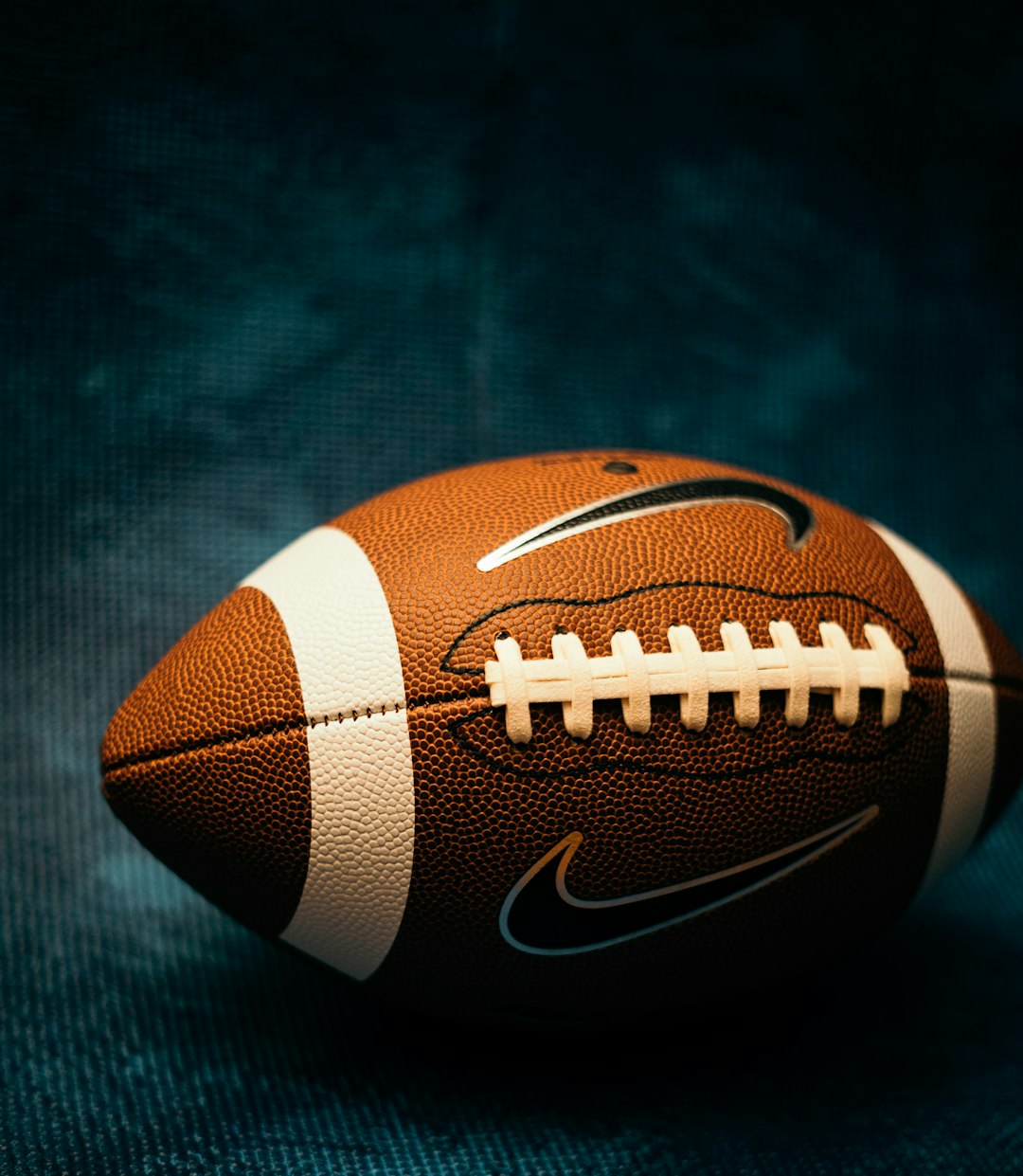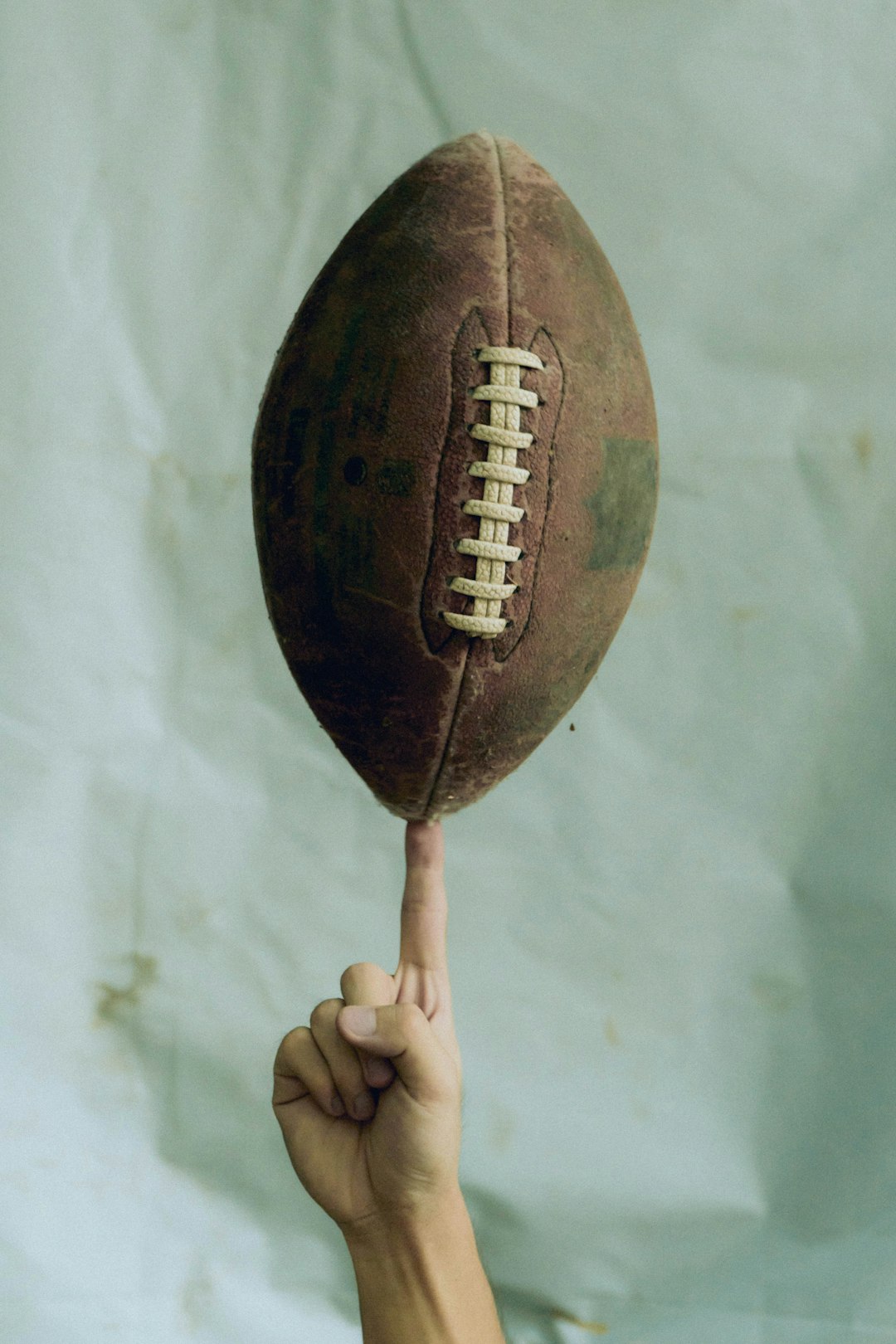In American football, every position serves a specific purpose that contributes to the overall success of the team. One of the most versatile and dynamic positions on the field is the tight end. Bridging the gap between offensive linemen and wide receivers, tight ends play a critical role in both blocking and receiving. Their unique blend of size, strength, and agility makes them invaluable assets in both running and passing plays.
Understanding the Role of a Tight End
The tight end (often abbreviated as TE) is a hybrid position that requires players to possess both the physicality of a lineman and the athleticism of a receiver. Typically lining up next to the offensive tackle on either side of the formation, the tight end has three primary responsibilities:
- Blocking: Assisting in the protection of the quarterback or opening running lanes for running backs.
- Receiving: Running routes and catching passes.
- Decoy or Distraction: Drawing defensive attention to open space for other players.
Due to these multifaceted duties, tight ends are often among the most well-rounded athletes on the team.
Blocking: Offensive Support
One of the most important, yet often overlooked, aspects of a tight end’s job is blocking. In the run game, the tight end’s responsibility might include:
- Sealing the edge of the line to help the running back get outside.
- Engaging linebackers and safeties at the second level.
- Double-teaming with an offensive tackle to create bigger gaps.
In pass protection, tight ends may be asked to help block defensive ends or blitzing linebackers, giving the quarterback more time to throw. This balancing act of holding blocks and occasionally disguising routes requires sharp awareness and strength.

Receiving Threat: A Mismatch Nightmare
While blocking is critical, tight ends often shine when they’re running routes and catching passes. Their size alone creates mismatches against smaller defensive backs, while their speed and athleticism can outpace most linebackers. A well-utilized tight end can be a quarterback’s best friend—serving as a reliable target across the middle of the field.
Common route concepts run by tight ends include:
- Slants – quick hitting passes over the middle.
- Out routes – breaking toward the sideline to stretch coverage horizontally.
- Seam routes – vertical passes exploiting gaps in zone coverage.
Because of their proximity to the line of scrimmage and physical play style, tight ends often take big hits, making toughness another valued trait for the role.
Types of Tight Ends
Modern football has embraced specialization, and tight ends are no exception. Today’s tight ends are often categorized into different types based on their strength and style of play:
- Traditional (In-line) Tight Ends: These players line up next to the offensive tackle and excel in both blocking and short-yardage receiving.
- Move (H-Back) Tight Ends: More agile and mobile, these TEs line up in multiple positions, including the backfield or in motion.
- Receiving Tight Ends: Prioritizing route running and pass catching, these players are often used more like wide receivers.
Coaches choose their personnel based on offensive philosophy, matchup advantages, and individual skill sets.
The Evolution of the Tight End Position
Historically, tight ends were primarily used as blockers. However, the position has evolved dramatically over the last few decades. Legends like Kellen Winslow and Shannon Sharpe were among the first to redefine the position by utilizing their athleticism and hands to become offensive focal points.
In the modern NFL, stars like Travis Kelce, George Kittle, and Mark Andrews continue to push the boundaries. These players are often lined up in the slot or even spread wide like traditional receivers to create mismatches and maximize offensive creativity.

How Tight Ends Impact the Game
Effective tight ends can influence the entire game plan. Here are a few ways they can change the course of a game:
- Red Zone Performance: Their size and positioning make them go-to targets near the goal line.
- Play Action Game: Tight ends are key targets in play-action passes because they often “sell” the run block before releasing into routes.
- Third Down Reliability: TEs often become safety valves for quarterbacks on crucial downs, especially on short to medium yardage situations.
These contributions make tight ends essential pieces in offensive schemes, often dictating how defenses have to prepare and align.
Famous Tight Ends in Football History
Several iconic tight ends have left a lasting legacy on the game. Here are a few standout names:
- Tony Gonzalez: Considered one of the greatest receiving tight ends of all time, he ranks among the NFL’s all-time leaders in receptions.
- Rob Gronkowski: Known for his dominance both as a blocker and a receiver, “Gronk” changed how the position was viewed in modern offenses.
- Antonio Gates: A former basketball player turned tight end who used his athleticism to become a matchup nightmare.
Their diverse playing styles serve as benchmarks for the tight ends of today and tomorrow.
Conclusion
The tight end is a true jack-of-all-trades on the football field. Combining elements of physicality, intelligence, and athleticism, tight ends must master multiple skills to thrive. Whether blocking for a running back, protecting the quarterback, or catching a critical third-down pass, their contributions are vital to a successful offense.
As the game continues to evolve, tight ends will remain one of the most intriguing and impactful positions, often functioning as the offense’s secret weapon.
Frequently Asked Questions (FAQ)
- Q: Is a tight end considered a lineman or a receiver?
-
A tight end is a hybrid of both. They line up on the line of scrimmage like a lineman but have the receiving responsibilities similar to a wide receiver.
- Q: What skills are most important for a tight end?
-
A good tight end needs a combination of blocking ability, route running, catching, and football intelligence to read defensive schemes and adjust routes appropriately.
- Q: Can tight ends run the ball?
-
Although rare, tight ends can run the ball on special-designed plays like reverses or end-arounds. However, their primary roles are blocking and receiving.
- Q: Are tight ends used differently in college vs. the NFL?
-
Yes, college offenses often use more spread formations that can limit traditional tight end usage. In the NFL, tight ends are more specialized and strategically involved in schemes.
- Q: How does a tight end differ from a wide receiver?
-
While both catch passes, tight ends are generally larger, block more often, and line up closer to the offensive line compared to wide receivers.
